Oasis could halve modelling costs
A new catastrophe model framework that aims to ‘revolutionise’ the market by promising greater transparency, wider choice, increased flexibility and reduced modelling cost was launched in London this afternoon by Oasis.
The not-for-profit Oasis Loss Modelling Framework, which took two years to develop, is designed to make it easier for new entrants such as scientists and technical experts to provide fresh views to the market on the scientific and building vulnerability aspects of catastrophe risk management.
According to Oasis Loss Modelling Framework project director Dickie Whitaker, there have traditionally been “significant barriers to entry” caused by the complexity of building these types of tools.
However, under Oasis’s framework access to the simulation kernel and financial module – the element of the model that calculates financial losses by applying insurance terms and conditions – will be given away for free.
“Experts will no longer have to understand about insurance terms and conditions to be able to deliver their science to the insurance community because everything is done for them,” Whitaker told Insurance Times. “This way a hydrologist can concentrate on a flood model. By opening up this system we allow any academic or specialist company from around the world to deliver their knowledge of environmental risks and damage. We’re going to be attracting many more people to bring their science to the industry.”
The framework features ‘plug and play’ data interfaces and web services that enable users to calculate insurance losses.
Several commercial models are due to launch shortly including flood (two for Great Britain, plus Australia); three earthquake (USA, North Africa and Middle East); Cascadia tsunami and Brazilian bush fire. Thai flood, US flood, Middle East earthquake and US commercial/industrial earthquake models are also in development and expected to be released later this year.
Members can put their own models into the framework, and also invite others, such as reinsurers, to run them, too. They also have the option of developing models for sale or licence to other users.
Whitaker said that, in the medium term, Oasis could save an international insurance or reinsurance company about 50% on their catastrophe modelling costs, “which are typically several million pounds per year”.
Smarter Planet leader at IBM Cathy Pickering added: “Oasis enables a better understanding of global insurance risk and will also leverage available academic research to develop resilience plans for cities and local communities. The Oasis software kernels and data standards provide these different stakeholders with an open-access approach that will stimulate innovation in both the private and public sector.”













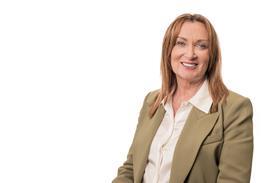




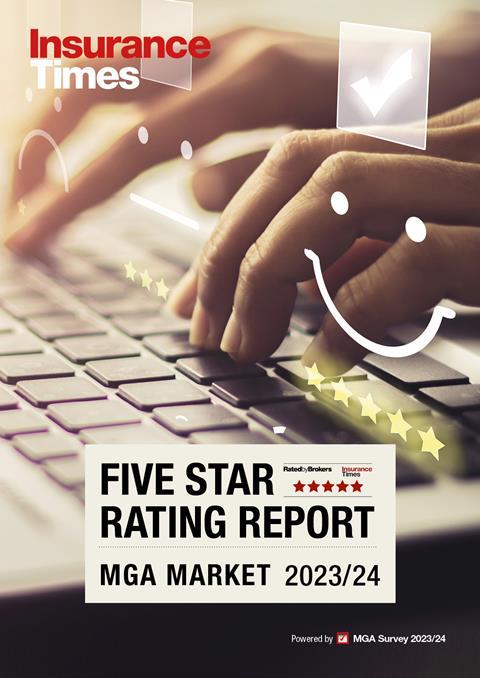



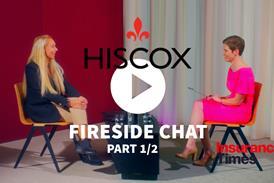
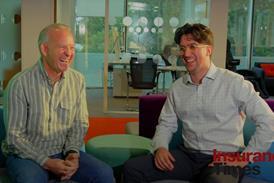






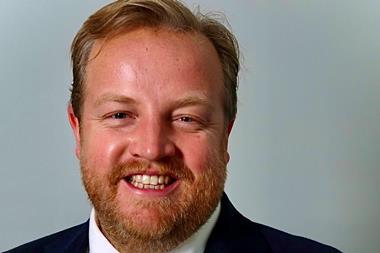

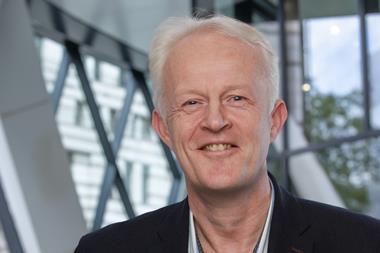



No comments yet